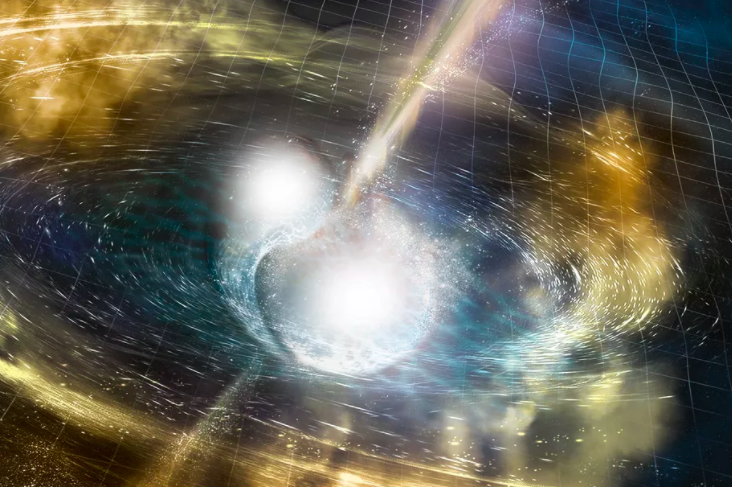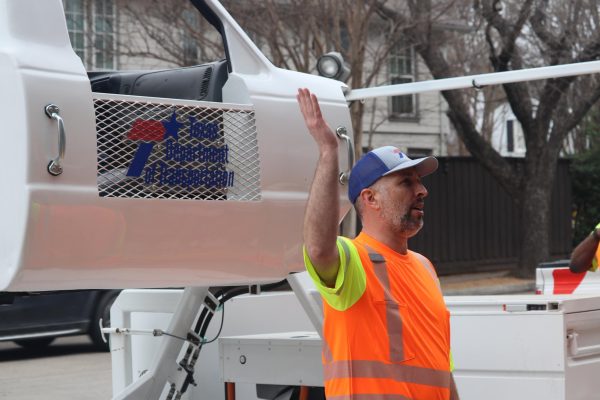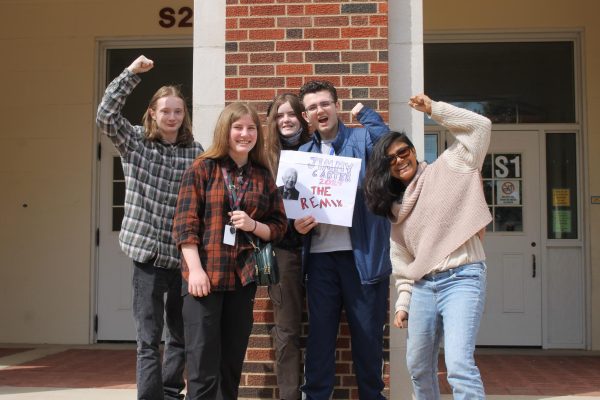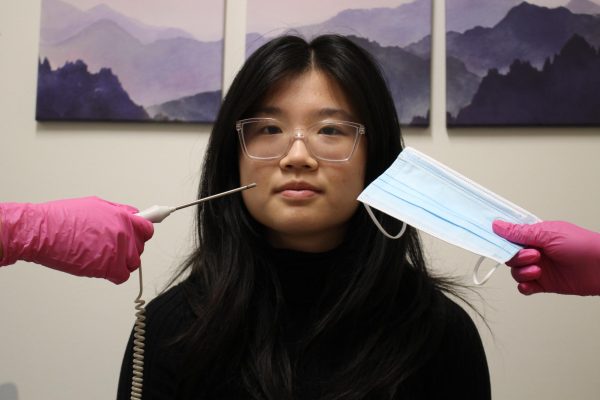Neutron Stars Colliding
For the first time ever, scientists have detected gravitational waves of two neutron stars colliding 130 million light years, or about 764 quintillion miles, away in the southern constellation Hydra. This phenomenon occurred 130 million years ago, when dinosaurs ruled the Earth, and on Aug. 7, scientists observed it for the first time. Scientists were anticipating this because they first detected the gravitational waves for this phenomenon in February. As the stars spun closer to each other, they created ripples through time and space, called gravitational waves. Gravitational waves are emitted when a massive object is suddenly accelerated greatly. The two neutron stars crashed into each other to create one star. Scientists witnessed the sphere change from blue, to red, gold, platinum and silver. Then, a week later, it faded. This has been the most observed astronomical event ever.
This kilonova triggered universe-bending gravitational waves, and is responsible for most of the gold in the universe. So, if you own any gold items, you are wearing part the result of this neutron star explosion. Gold is one of the precious metals that result from kilonovas.
Neutron stars are made from a supernova, or the explosion of an enormous star when it gets old. Supernovas occur a few times every century in the Milky Way galaxy, but happen every day throughout the universe. Neutron stars are extremely dense; although they have the radius of about 6.2 miles, about the size of the Dallas-Fort Worth metroplex, and their mass can weigh about 15 suns. A spoonful of a neutron star equals 1 billion tons. These two stars were spinning up to 100 times per second before merging into one.
This is not only the first time that scientists were able to photograph a kilonova, but they were able to record a sound of it too. Although the sound is a bit unimpressive, scientists can use the sound to figure out the size, weight and distance from Earth of the stars. This is the first time that scientists have been able to listen to the night sky and retrieve data from it. Up until now, scientists have just had light to observe. But now, both sound and gravitational waves can be observed, marking the start of a new era, known as “multi-messenger astronomy.”
This comes two years after gravitational waves were first discovered, and scientists have been trying to figure out how to measure these for centuries after Albert Einstein predicted them in his theory of general relativity.
For those interested, a video of the kilonova’s sound can be found here: http://www.bbc.co.uk/newsround/41686598













